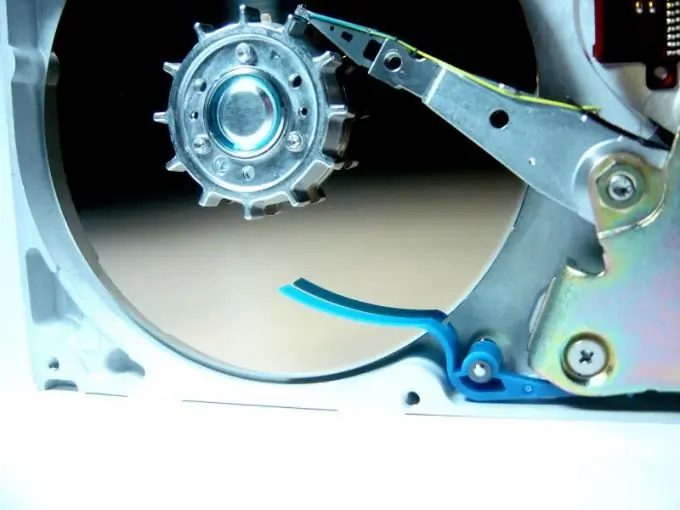A computer hard disk partition has two designations, one of which is called a "label" in the operating system documentation, and the other is called a "letter." The first of these is usually a word that is intended to make it easier for the user to distinguish between virtual disks (partitions). The second is used by system and application programs. By default, the letter is automatically assigned by the system, and the volume label remains empty until the user enters it. Both of these section designations can be edited by the computer user.

Instructions
Step 1
If you need to change the volume label, in Windows it will be most convenient to use Explorer - launch this file manager using the "Computer" icon on the desktop or the item with the same name in the main menu of the system.
Step 2
Highlight the required drive and press the F2 key - Explorer will turn on the label editing mode. This mode can also be activated using the "Rename" item in the context menu invoked by right-clicking on the disk icon. There is also an item "Properties" in the menu - if you select it, Explorer will open an additional window with information about this section of the hard drive. The very first field in the default tab of this window will contain the volume label, which can also be edited.
Step 3
After changing the text designation of the section, press the Enter key. The new mark is fixed and the edit mode is turned off.
Step 4
If you need to change not the volume label, but its letter, you will not be able to do this through Explorer. We'll have to use another OS component, for which the “Control” item is placed in the context menu of the “Computer” icon - click this shortcut and select the desired item.
Step 5
In the left column of the window that opens, find the line "Disk Management" - it is placed in the "Storage Devices" section. After clicking on this line, a list of all virtual and physical disks in graphical and textual versions will appear in the middle column. Find the section you need in the table or graphical diagram and right-click - the required item in the context menu is called "Change drive letter or drive path".
Step 6
Click the "Change" button in the window that opens, and in the next window, select an unoccupied letter in the drop-down list. Then click the OK buttons in both windows and close the system management component. This completes the procedure for changing the drive letter.






